At the renovated Kairali, The Ayurvedic Healing Village, guests can undergo a holistic wellbeing experience without compromising on a luxury stay
Sprout salad, gherkins soup, yam thoran, bottle gourd curry, channa dal masala, red rice and chapatti – how does that sound for a lunch menu? Did you screw up your face in distaste? Well, many would mirror that expression.
However, some actually dig into this fare, and with relish. And it is for these people who are determined to follow a life of wellness and well-being who make a beeline to Kairali, The Ayurvedic Healing Village in Kerala’s Palakkad city.
Built on a land parcel of 15 acres, with another 45 acres abutting it, this wellness resort is the dream project of Mrs. Gita Ramesh and her husband, K.V. Ramesh, Joint Managing Directors of Kairali Ayurvedic Group. Hailing from a long lineage of traditional Ayurvedic vaidyas, or doctors, she was confident that Ayurveda holds the answer for curing many aches and pains as well as chronic ailments.
Incidentally, KV Ramesh’s father was the doctor to create an Ayurvedic injection, and they set up their first Ayurvedic centre in New Delhi. Today, the Group has 35 similar centres in eight countries, with three more coming up in India.
Talking about this, their son, Abhilash KR, a Director in the company, noted that, unlike modern medicine, Ayurveda does not differentiate between preventative and curative aspects of health. “It does not perceive health as a solely physiological journey, but instead considers it as one that envelopes environmental, mental and spiritual aspects. By tapping these elements, our trained Ayurvedic doctors can identify the root cause of most diseases and help restore the inherent balance in an individual.”
A significant aspect of this treatment protocol is nutrition. Interestingly, Kairali’s dining establishment is called a canteen. “This is because we are a registered Ayurvedic hospital, and healthcare institutions do not have restaurants; they have a canteen,” Abhilash explained.
The Kairali of yore did resemble a hospital with minimal amenities in guestrooms and a spartan treatment centre. However, following the pandemic, when wellness became a buzzword, the Ramesh family decided to give it a makeover to appeal to more travellers who want to embark on the well-being journey.

KAIRALI 2.0
Set amidst luxuriant foliage with over 135 varieties of flora and fauna, Kairali has 30 villas. Based on strict Vastu principles, these villas are usually assigned based on the guest’s birth date. Vastu believes that every corner of an abode has energy vibrations that can govern various organs. Hence, imbalance in any corner of a brick and mortar space could result in a corresponding problem in the body.
If you need more proof about how seriously Kairali takes Ayurveda, then one needs to look no further than the 29 trees varieties planted outside each villa – they correspond to the birth star of the resident within. These too subscribe to Vastu principles, and the guppies within keep the mosquito population under control, a pestilence that is otherwise prevalent in areas with dense vegetation. A Valambiri Conch is ensconced within a glass box, which provides positive vibrations.
The Group utilised the pandemic months to renovate 28 rooms and overhaul 12 rooms, converting them into the Royal suites. The latter is sought by various heads of state and celebrities who regularly visit Kairali.
The entire room is built on the ethos of Laurie Baker, a British architect who promoted traditional low cost, sustainable building techniques. The walls at the treatment areas have a rat trap brick pattern that is layered intelligently to allow natural light and air to waft in easily. Perforated with lime plaster, this is easy on the eyes and helps bring down the ambient temperature.
Local wood is used extensively for construction, and natural light is employed artfully in guestrooms, therapy spaces and common areas. The high, fluted ceilings ensure better ventilation, while the floors are coated with eco-friendly red oxide, which is easy to maintain and adds to the rustic charm of the place.

LOOKING INWARDS
Kairali’s Ayurvedic therapists customise total-health stays that include yoga, massage, and nutrition, based on each individual’s body type – vatha, pitha or kapha. The meals are tailored to match a strict regimen that follows the panch karma protocol.
Mornings begin a yoga session with the resident yoga instructor, followed by breakfast. Guests then head for their massage treatments, unwind on the hammocks strung between palm trees, or do a quick lap in the swimming pool.
Those dedicated to their cardio and weights routine can find recourse in the fully-equipped fitness center, though who would want to work out in an enclosed area where the outdoors beckon. Moreover, a dedicated meditation room has been created within the treatment areas for men and women, respectively, so that people can relax after their massage or even otherwise.
After their lunch, guests can either retire to their rooms for a siesta or explore the wandering paths of the property. They can also stroll through the adjoining orchard, where various seasonal fruits and vegetables are grown in abundance. Most of this produce ultimately finds its way into the kitchen and ultimately on the guest’s plates. Dinners in the canteen signal a precursor to another walk through the nearby village area.
Kairali follows a strict no-alcohol and no animal-based meal practice. This is essential, says Abhilash, for the Ayurvedic treatment to show results. “While many guests do find this challenging during their 3-week long stay, they appreciate the evident change in their physical and mental state after a couple of days,” he added.
Kairali’s primary goal is to integrate the many facets and benefits of Ayurveda into an individual’s daily life. And it attempts to achieve this sans austerity and rigour usually associated with similar retreats. It has been designed to bridge the gap between wellness getaways and luxury resorts, where guests worldwide can immerse themselves in yoga, and Ayurveda and enjoy returning to the natural way of living.


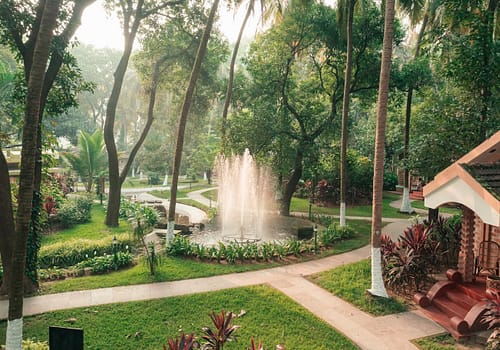
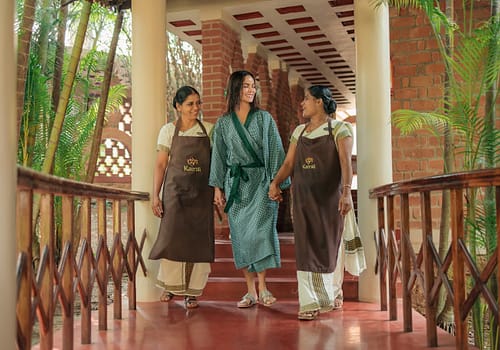
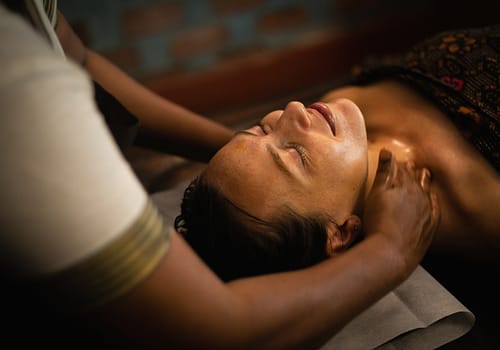
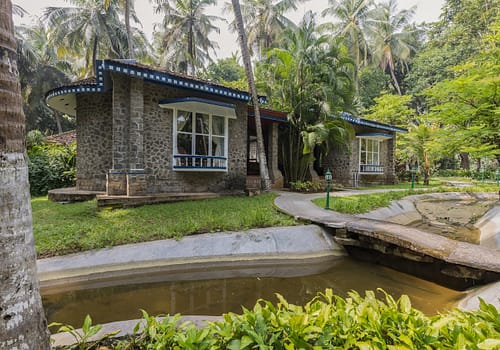
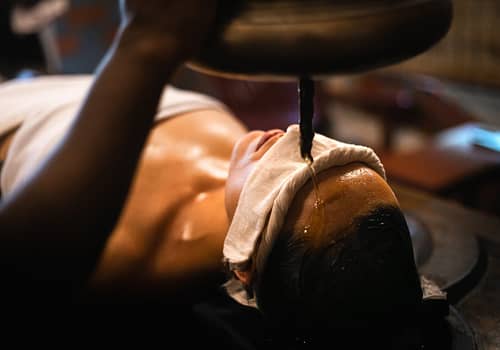
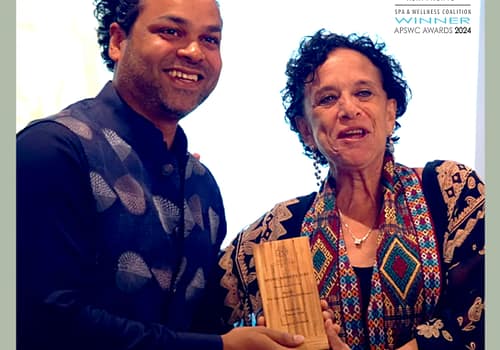







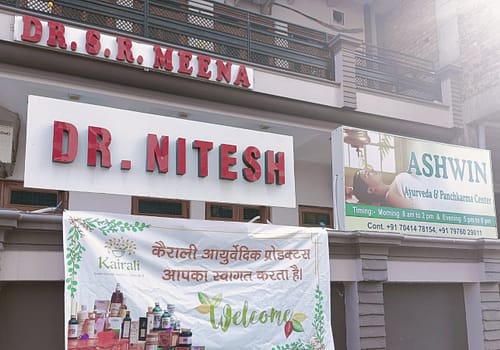
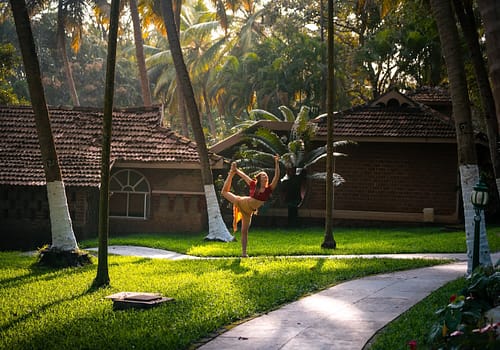














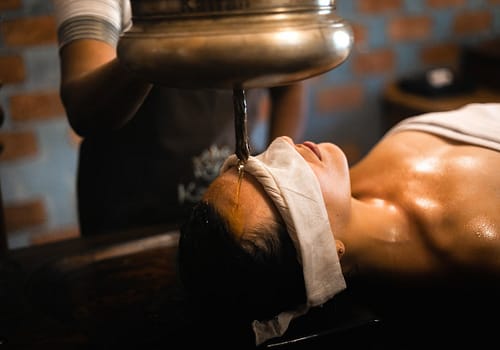














Leave a Reply